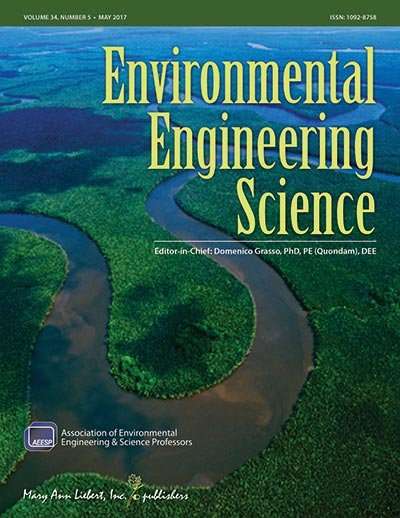Minimizing exposure to harmful flame retardant chemicals in waste foams and plastics

Continued research and new policies and practices to ensure proper use and disposal of foam and plastic products that contain potentially harmful flame retardant chemicals are needed to minimize health risks from environmental exposure to humans and animals. A new two-part article detailing responsible, proactive strategies for managing end-of-life foams and plastics is published in Environmental Engineering Science.
A team of international researchers led by Donald Lucas, Lawrence Berkeley National Laboratory (California), coauthored the articles entitled "Methods of Responsibly Managing End-of-Life Foams and Plastics Containing Flame Retardants: Part I and "...Part II." The first article focuses on the main challenges involved in handling ubiquitous waste products that contain halogenated flame retardants and the future research needed to determine and compare the costs and benefits of diverting materials containing these chemicals from landfills or altering current landfill disposal practices to reduce their release into the environment. An essential part of the ongoing research is to identify the risk to human health and the environment associated with both of these alternatives.
In Part II, Dr. Lucas and colleagues examine various technologies for managing waste products that contain halogenated flame retardants, including various physical and chemical processes for recycling and disposal. The authors summarized input from countries and regions that have comprehensive and accepted protocols in place for the responsible collection, pretreatment, processing, and management of these waste products to inform the future practices of countries that do not. "The important work by Lucas and colleagues summarizes state of the art management practices for an important group of potential contaminants and will be very helpful as less developed regions across the globe grapple with how best to address similar problems," says Domenico Grasso, PhD, Editor-in-Chief of Environmental Engineering Science and Professor of Engineering and Policy, University of Delaware, Newark.
More information: Donald Lucas et al, Methods of Responsibly Managing End-of-Life Foams and Plastics Containing Flame Retardants: Part I, Environmental Engineering Science (2017). DOI: 10.1089/ees.2017.0147
Provided by Mary Ann Liebert, Inc


















